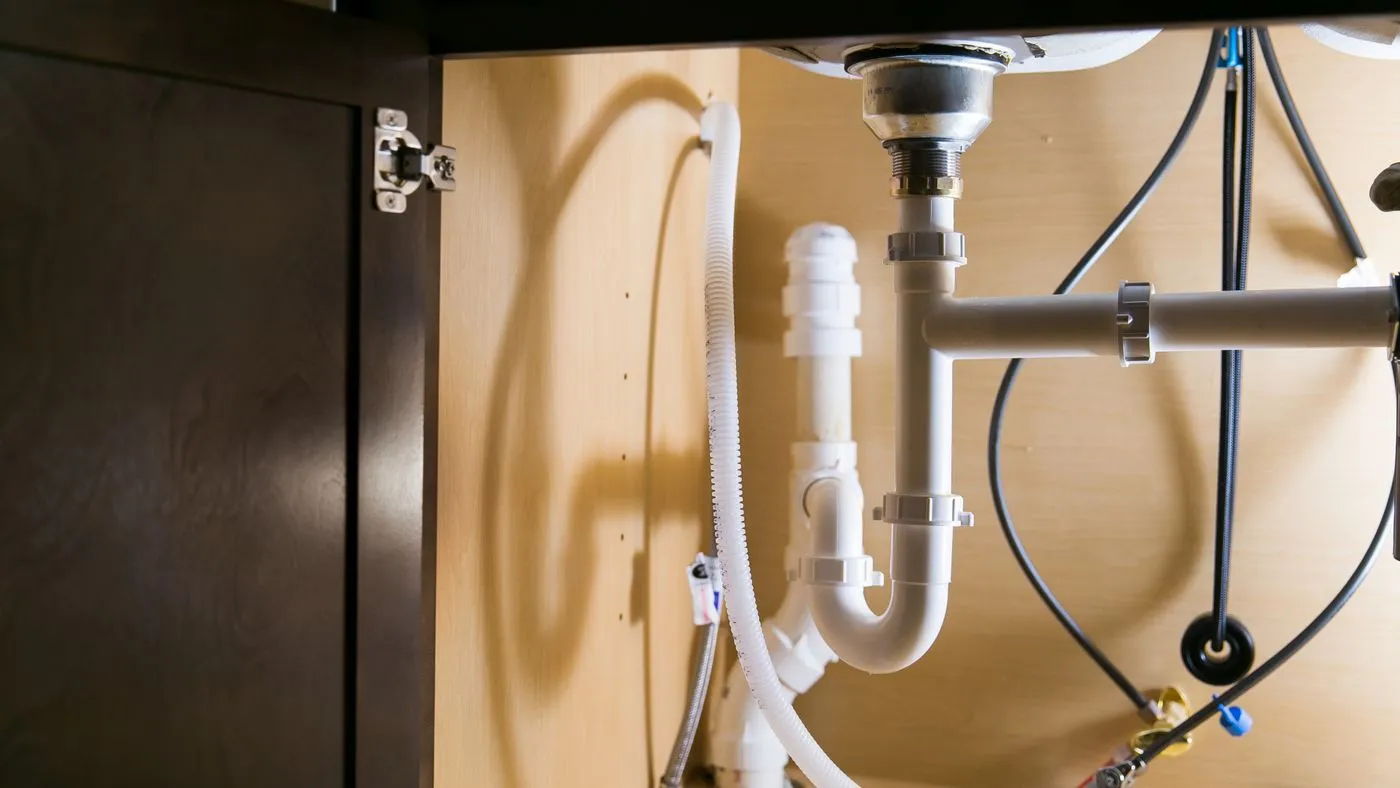When it comes to the interior of your home, there are two things, other than a nasty water leak, that you don’t want in your home—mould and mildew. Once either one of these two fungi gets their grip on your home, they can be very difficult to get rid of.
The plumbing services Melbourne residents rely on to keep their pipes in working order make it a top priority to keep mould and mildew out of their customers’ homes. That’s why they’ve decided to share some insightful tips to help homeowners keep these two menaces at bay.
Are Mould and Mildew the Same?
Many people assume that mould and mildew are the same thing. However, if you want to get technical, they are in fact similar but not the same. Here’s how they differ:
- Mould: Essentially, mould is the more dangerous of the two and can aggravate respiratory illnesses and even allergies. Mould is black and fuzzy from the onset and spreads quickly to the rest of your home if not dealt with.
- Mildew: For the most part, mildew is greyish white and has a powdery texture and can eventually turn black if left to grow.
Typically, mould is the harder of the two to eradicate and can easily spread to the rest of your house.
Simple Ways to Get Rid of Mould and Mildew in Your Home
There’s an old saying among local plumbers regarding the process of removing mould and mildew: “fix the leak first.” That’s because the primary cause of mould or mildew stems from a leak or dampness somewhere in your home, usually the bathroom, kitchen or laundry.
These leaks can be caused by faulty fixtures or even cracked or damaged pipes. It can even happen when your leaky pipes are a result of blocked drains that aren’t cleaned regularly. With that in mind, here are a few tips from the experts in drain cleaning Melbourne homeowners call for an array of plumbing issues.
Increase Ventilation and Natural Light
Since mould thrives in dark, damp areas such as your bathroom, laundry or kitchen, it’s crucial to maximise the natural light in those areas. Consider these few tips to help do this:
- If the space has windows, open them daily to air the area out, especially after a shower or a bath.
- Spaces that don’t have windows should have exhaust fans to extract the moist air.
- Consider installing a skylight in these spaces to increase the natural light.
Dry Moist Areas Directly After Use
Essentially, mould and mildew can’t grow in spaces without moisture. That means it’s a good idea to keep the usual moist areas dry after use. You can easily do this by drying areas such as basins, showers, baths and bathroom floors to ensure there’s no dampness when you leave the room.
Be sure to check for leaks in these areas as well. It’s common to check the wall behind or around the toilet, the faucets on your taps and the showerhead. Always fix leaks immediately to avoid mould from forming.
Clean With Vinegar
Having a regular cleaning schedule in potentially “wet areas” is essential to keeping the space dry. To clean, you can easily invest in store-bought anti-mould solutions. However, keep in mind that many of these bleach solutions only work to remove mould and mildew for a short period.
Many experts agree that you’ll have more success by opting for natural solutions. The most popular—and effective—solution is of course a vinegar mixture. Vinegar has hundreds of useful applications around the house, and fortunately, removing mould is one of them!
Using a vinegar and bicarbonate of soda solution as part of your cleaning routine works wonders to eliminate mould and mildew permanently. All you have to do is:
- Mix one part water and 2 tablespoons of bicarbonate of soda with four parts of white vinegar and mix well in a spray bottle.
- Spray the area you suspect has mould generously and use a scrubbing brush to remove any trace of mould.
- Be sure to clean inside any cracks or crevices as these are ideal breeding areas for mould spores.
- Don’t dry brush the area as this could spread the mould or mildew spores to other areas—always spray with vinegar, let sit for a few minutes and scrub.
- Wipe the area down with a warm, damp cloth and open the windows in the room to air dry the space.
Our plumbing experts recommend wearing gloves to avoid spreading mould to your skin.
In Summary
Check your home for leaks and make sure that they’re all repaired as soon as possible. Be sure to keep drains clean and unblocked. Adding vinegar and bicarbonate of soda to your cleaning routine will not only remove mould and mildew spores but will also help to keep them from spreading to other areas.
If you’re not sure where the mould is coming from, speak to your local plumber for assistance in dealing with a potential leak!


